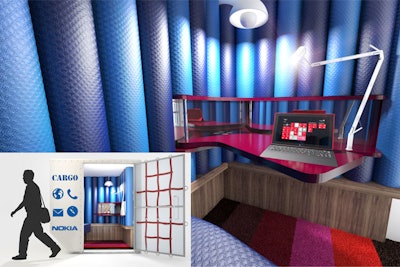
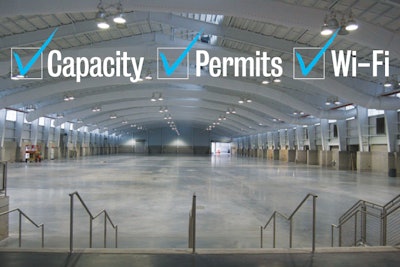

Mashable teamed up with HBO’s Silicon Valley to present its Mashable House at the Austin festival. Visitors to the venue were able to nap or watch a motivational video while relaxing in energy pods from the upcoming TV show.
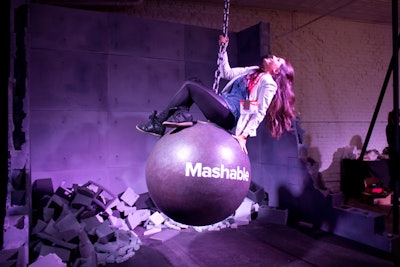
For a memorable photo opportunity, Mashable created its own wrecking ball as tribute to Miley Cyrus and the controversial music video for the song "Wrecking Ball." Participants signed waivers and posed for photos on the swinging globe marked with the Mashable logo.
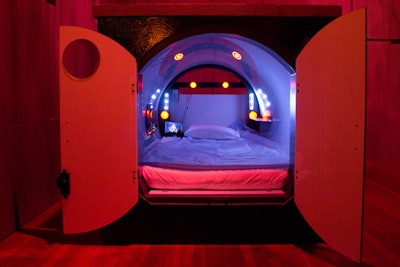
To promote its new show, The Strain—and offer guests respite from the crowds—FX brought nap pods to its Transformation Station. Available by appointment, the pods were outfitted with pillows, sheets, and a tablet to watch previews of the program.
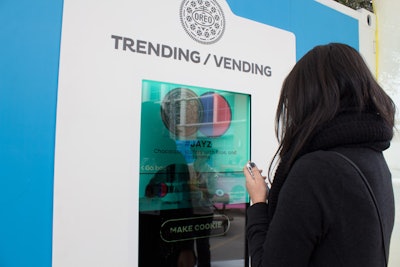
Using 3-D technology, Oreo set up a vending machine that customized Oreo cookies, including the color and patterns of the cream, based on Twitter trends and the consumers’ preferences. There was also a milk bar with a variety of milk options.
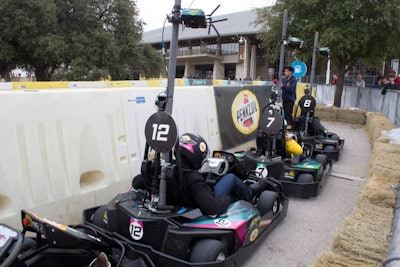
Pennzoil teamed up with Nintendo to devise a real-life Mario Kart go-kart racetrack, complete with power-ups to catch and turtle shells to avoid. Helmets were outfitted with GoPro cameras, which sent video and statistics to the racer’s email.
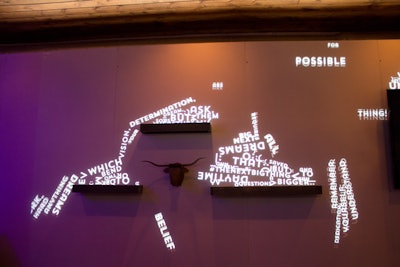
Instead of a straightforward Twitter feed, Samsung opted for dynamic projection art. The installation displayed words tweeted with the lounge’s hashtag falling down a wall and clustered together on the stationary shelves.
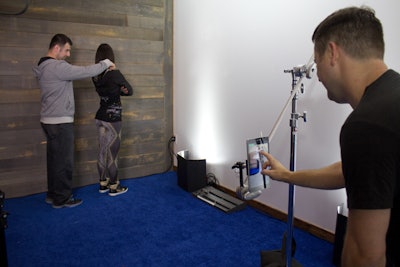
At the Samsung's Galaxy Vine Studio, participants created their own Vine videos using professional studio equipment and the guidance of Vine experts.
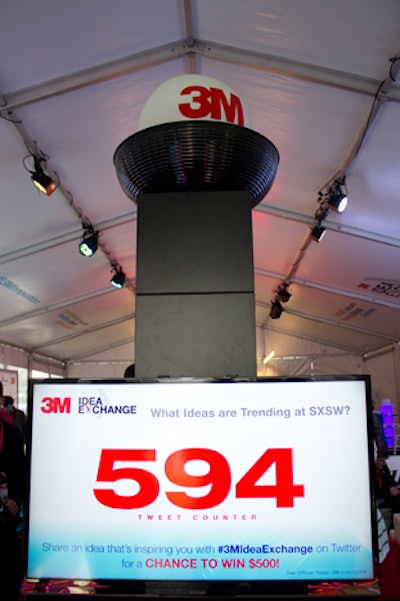
3M encouraged attendees to contribute ideas using the hashtag #3MIdeaExchange. With each tweet, a balloon filled with a little bit of air. The person whose tweet caused the balloon to pop won $500.
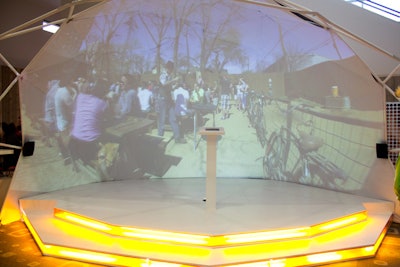
AT&T’s lounge allowed visitors to explore Austin without leaving the convention center. The Teleport Dome activation let guests experience local spots like Waterloo Records and the Roller Derby.
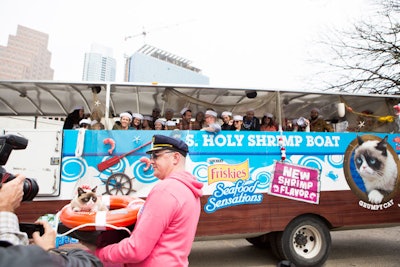
Friskies introduced its new Seafood Sensations shrimp flavor to the crowd at SXSW with a promotion that saw Grumpy Cat serve as the “worst mate” of the S.S. Holy Shrimp Boat. The activation—which Allied Experiential helped produce—brought the famous Internet feline, along with 25 fans, to the Mashable House, where she posed for photos. Friskies donated 25,000 meals of its new flavor to Friends of Austin Animal Center. Additionally, for every photo uploaded to social media with the hashtag #HolyShrimp between March 7 and 9, the brand donated an additional meal to the local charity organization.
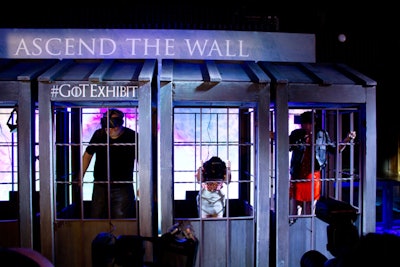
A new addition to HBO’s traveling Game of Thrones exhibit, Ascend the Wall allows users to experience climbing the iconic wall from the show through Oculus Rift virtual reality. At SXSW, participants donned a headset and headphones to completely immerse themselves in the scene, which was developed by Relevent, with graphics created by Framestore, the same company behind the visual effects of Alfonso Cuarón's film Gravity.
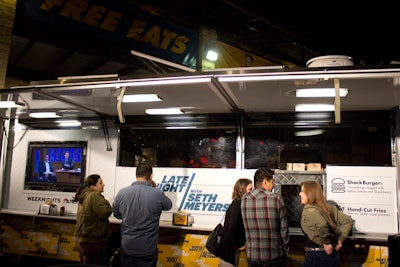
NBC brought New York burger institution Shake Shack, which will be opening locations in Austin later this year, to SXSW. The truck offered free burgers and fries to those who waited in line. Additionally, NBC sponsored free bike rentals at its pop-up lounge.
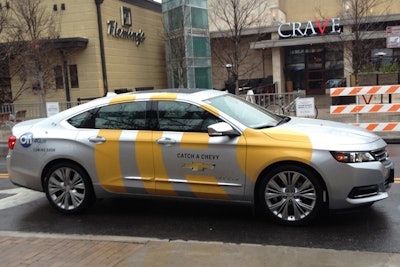
Chevrolet offered attendees the opportunity to try out the car company’s new 4G LTE connectivity through test-drives or by catching free rides to any destination.
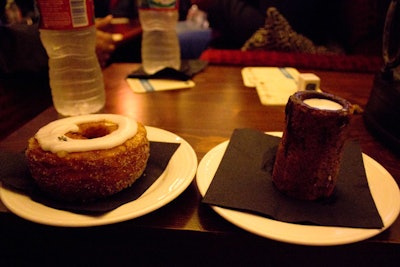
At Allison&Partners’ Late Night Saloon, Dominique Ansel debuted his latest creation: the chocolate chip cookie milk shot. The New York-based pastry chef brought along his famed Cronuts, too.
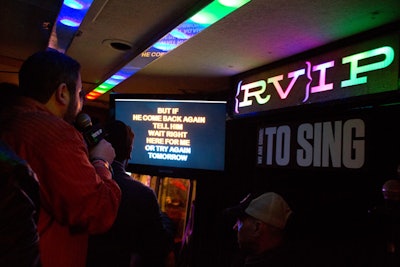
Brand strategy and design firm Lippincott's "RVIP" was a roving karaoke party bus that aimed to answer the question: “Where are we going?” Festivalgoers were encouraged to hop onto the bus, meet new people, grab a drink, sing, and make new connections.
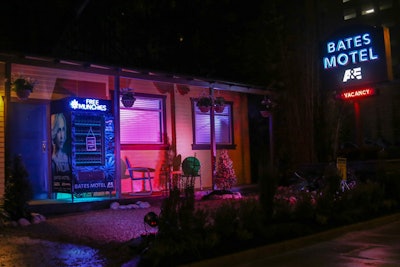
In front of a replica of the A&E show’s namesake motel was a vending machine distributing free fake pot brownies to passersby.
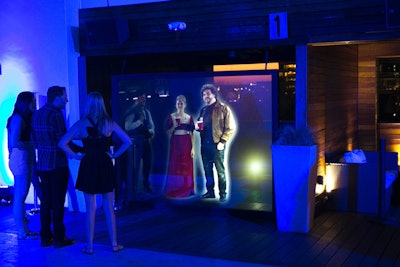
Hulu premiered Deadbeat, an original TV series, at SXSW this year and, to further promote the show, allowed attendees to interact with holographic ghosts. The activation was designed by NVE: The Experience Agency, using the same technology as Coachella’s Tupac hologram.
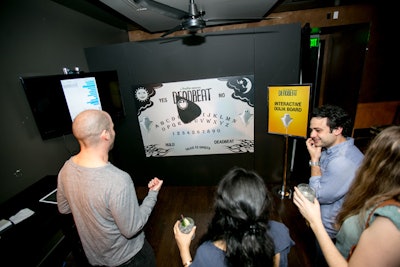
After visitors texted a question to the Ouija board, a staffer hidden behind the wall would spell out answers to the guests.
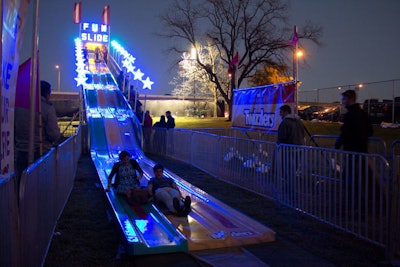
The three-lane, three-story, neon-lit slide at IFC’s carnival allowed three people to glide down on burlap sacks. For those not partaking in the ride, there was a spot where they could take selfies.
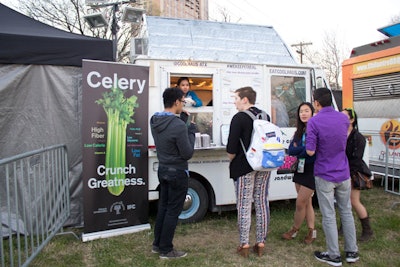
In honor of an upcoming episode of Portlandia, Coolhaus served two celery-flavored ice creams: cherry-bourbon-celery and peanut-butter-raisin-celery.
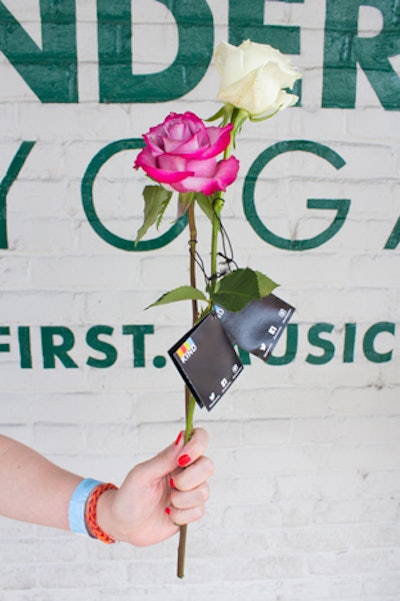
Representatives from snack brand Kind handed out flowers to passersby outside of Wanderlust Yoga’s the Great Escape, where attendees took spin and yoga classes, as well as grabbed juices and bites to eat.
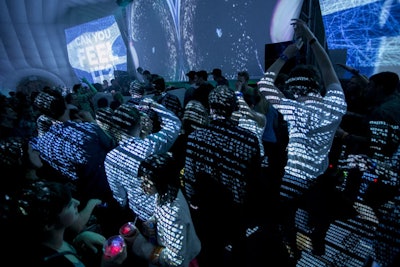
Attendees of Pepsi's Bioreactive Concert got a visual experience via Lightwave, a wearable technology that takes the user’s biometric data to control surroundings, like light. DJ A-Trak performed at the event.
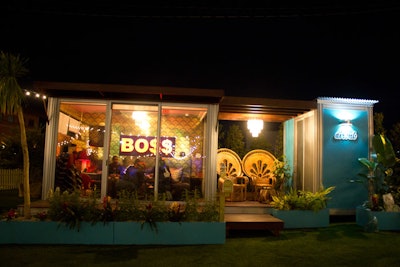
Airbnb collaborated with artists Snoop Dogg, Capital Cities, and Allen Stone to design unique pop-ups for the company’s outdoor park. Participants were encouraged to Instagram “Welcome Home” signs, and winners selected by the musicians were able to use the temporary venues as their own V.I.P. lounges.
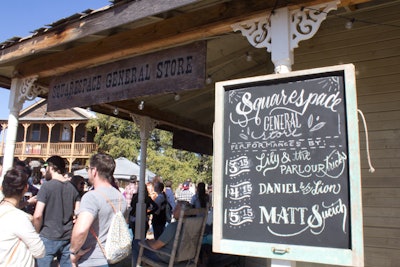
In exchange for tweets and Instagrams marked with a dedicated hashtag, Web site-building company Squarespace gave out T-shirts and flasks at the Heartbreaker Banquet, an event held at musician Willie Nelson’s ranch outside of Austin. The brand, which sponsored the daylong concert, also built the Squarespace General Store, to host special performances.
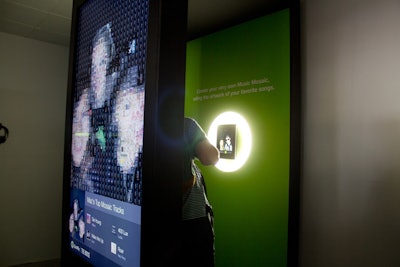
Visitors to Spotify House were able to create personalized digital mosaics using albums covers from their top listening habits at the photo booth, designed by Brigade.
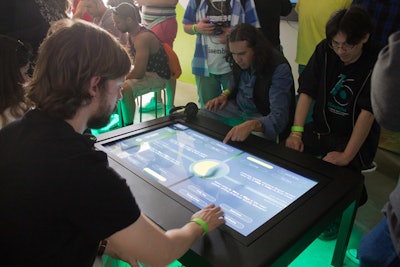
Also inside the music-streaming service's activation, guests could play music trivia through touch-screen social tables, designed by Beak Labs.
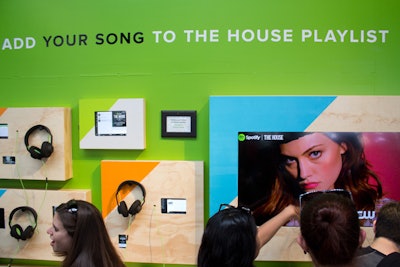
Along with playing with Spotify programs, visitors were able to add their own songs to the Spotify House Playlist, which will be emailed to guests after the festival.
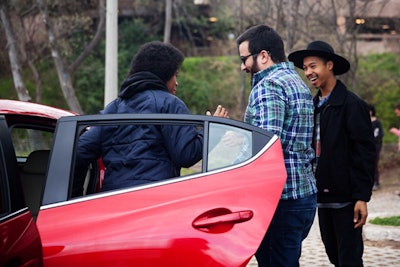
The Fader returned to SXSW with the Converse-sponsored Fader Fort, a four-day party that this year featured performances by Erykah Badu, Rick Ross, and a slew of other musicians. As first-time sponsor of the magazine's activation, Mazda served as the official vehicle for the venue and offered free rides for fans; a lucky few were surprised by The Fader artists in the backseat.
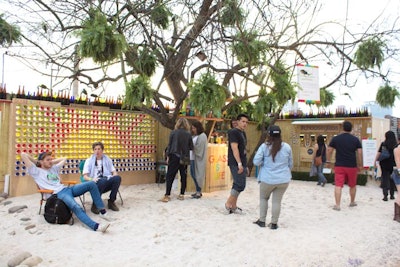
Glass Is Life, a sustainability movement that encourages glass usage, created a space for people to come and pick out a colored glass bottle to paint, Instagram for a print, and place on the shelf display.
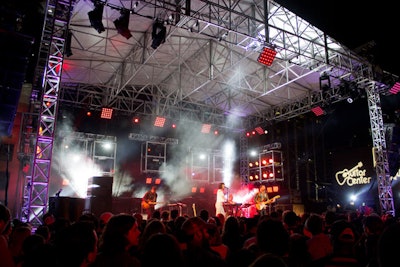
DirecTV filmed Guitar Center Sessions on the roof of the Starr Building for three days and, for those mulling about below, projected the stream on the side of the building.
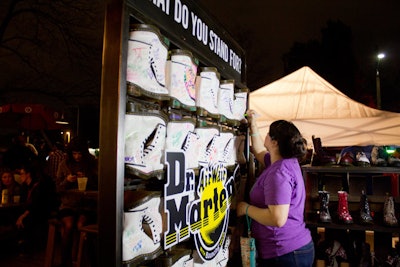
Filter magazine’s presence was widespread this year, covering several buildings on Rainey Street, daytime shows at Cedar Street Courtyard, and the Guitar Center Sessions. It also included the Dr. Martens House, where people were asked to scribble what they stood for on white footwear.
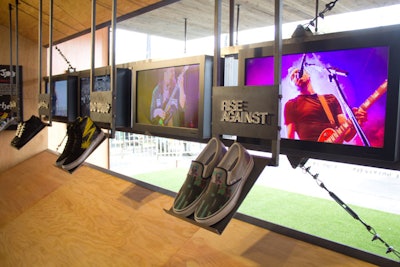
Vans released daily reissues of its limited-edition sneakers designed by bands including Rise Against. All proceeds from the sales went toward SXSW Cares.
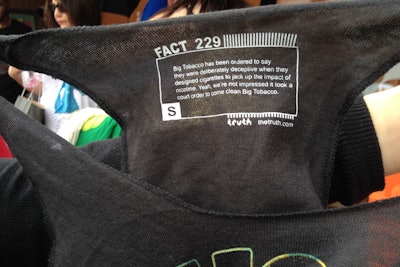
Truth partnered with Vans to share information about tobacco use as part of its youth campaign. Attendees tagged photos or tweets and received a free shirt with a Truth fact printed in the place of a label.
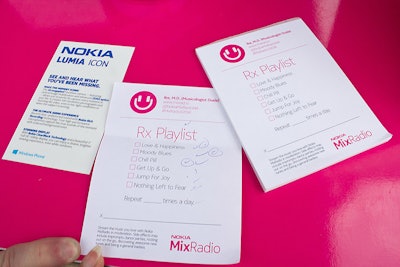
To promote its new music-streaming radio station, MixRadio, Nokia brought an on-site musicologist to Spin magazine's Day Party. The musicologist asked users questions about their musical tastes and then prescribed a playlist, which was shared through an N.F.C. tag.
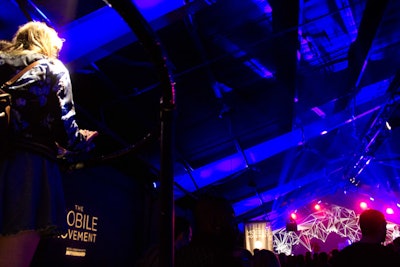
AT&T and Vice’s Motherboard hosted a three-day showcase dubbed the Mobile Movement. Touch-screen tablets set up at the back of the concert area allowed users to control the 2-D and 3-D effects of the stage in the front of the hangar.
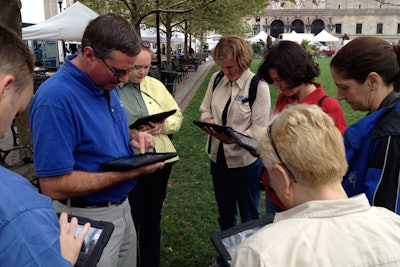
SmartHunts are iPad-based activities offered by Best TeamBuilding. Teams perform challenges, solve clues, and answer trivia questions, which can all be customized for the group. Participants also capture video and photos throughout the activities that can be shown at the conclusion of the event and shared through social media. SmartHunts feature two-way messaging so teams are connected with the hunt coordinator, who can track players using GPS and download photos and scoring. Themes include Amazing Chase, Mission Possible, Da Vinci Code, and an Event Kick-Off SmartHunt for conferences. Each hunt takes about three hours.
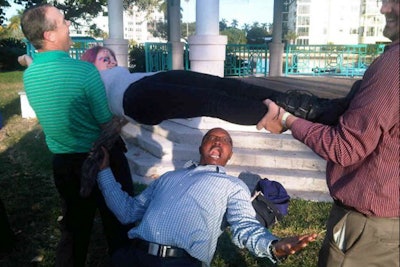
TeamBonding offers five “Smartphone Scaventures,” in which players use the company’s mobile app to search for items, complete tasks, and snap photos. Teams earn points based on activities completed and the quality of photos. Hosts can create a mission list from a bank of more than 100 options—such as asking participants to play “human limbo”—or they can design their own activities. Teams can compete against one another from multiple locations, whether in different cities or different countries. Each hunt takes about three hours to complete.
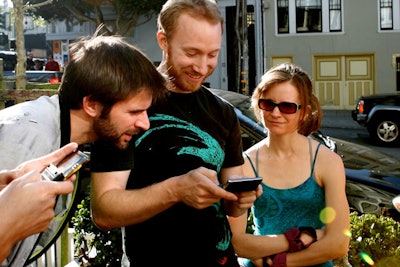
Go Game uses smartphones to guide players through a series of challenges. Teams of as many as 10 players are sent on a course to solve puzzles and complete tasks within a game zone, which could be a few city blocks or a convention center. Players complete missions by submitting digital photos and text answers through the phones. Examples include a National Mall game in Washington that asks players to locate specific buildings and answer questions about memorials. Go Game also provides costumed actors that interact with participants throughout the hunt. The game ends with a presentation of the photos and videos, which the host also receives on a USB drive.
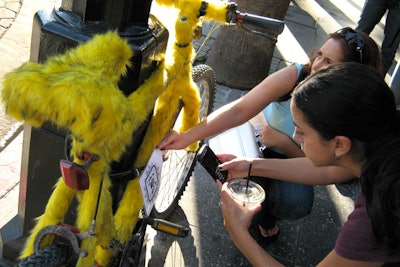
Wise Guys Events offers “Clockwise,” a cell phone scavenger hunt played with QR codes. Teams of as many as 10 players race against the clock to discover and decode 12 QR codes hidden within the game zone, usually a few city blocks. The codes may be located on a bike parked on a city street or on matchbooks players receive after giving a password to a bartender. When players scan the QR code, they get a password worth points at the end of the game and also instructions on how to complete an optional challenge for bonus points. Each hunt takes about four hours.
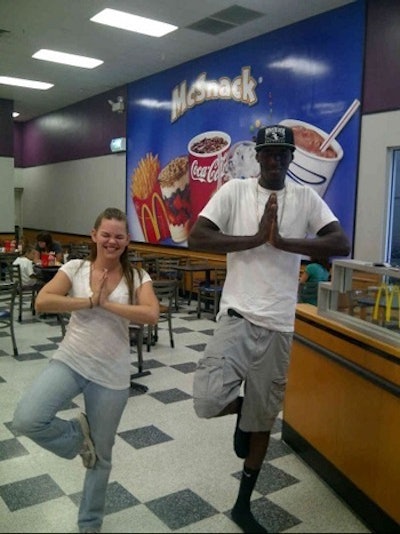
GooseChase is a D.I.Y. scavenger hunt platform. Hosts can choose from options in the “mission bank” or create one from scratch. Each mission has a set point value and can have images and links attached to it. Participants submit photos through the app as proof of completing each mission, which could include convincing a stranger to demonstrate a favorite yoga pose. Organizers can monitor the activity through the “Hunt HQ” on the GooseChase Web site and award points based on the submitted photos.
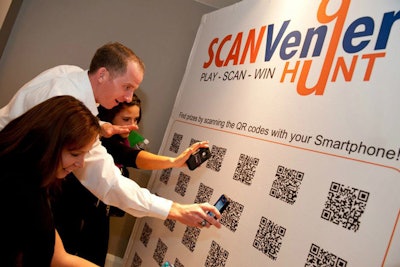
SCANVenger hunts are played using QR codes that can be placed throughout a venue, in an exhibit hall, or among a few city blocks. Players scan the codes and answer questions to earn points. Questions can be customized, for example, to quiz players about content learned at the event. Participants can also view the leaderboard on their devices, adding to the competition. SCANVenger also offers an interactive game wall—an 8- by 10-foot display of 30 QR codes—for hosts that want to offer a game without a physical hunt.
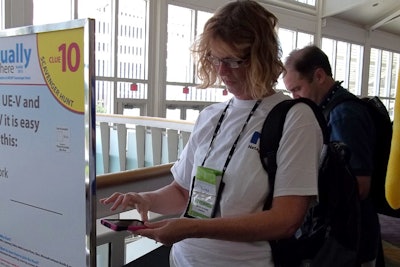
Wildly Different offers a hunt known as “Recess Anyone?” as well as custom hunts based on a client’s theme. Signs with riddles are placed throughout the hunt area. Teams or individuals use their smartphones to scan a QR code on the signs that leads them to a Web site with additional clues to answer the question. Hosts can determine how to set up the hunt: as a break between education sessions, a networking tool during a reception to encourage interaction, or as a way to get people moving around a trade show by placing clues in exhibitors’ booths.
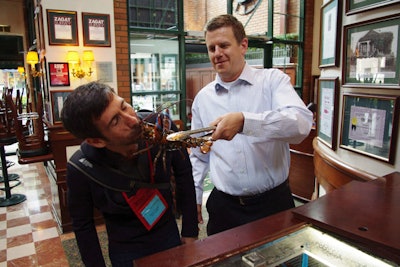
American Outback’s “Wild Goose Chase” scavenger hunt sends players on missions that vary from wacky—like kissing a lobster—to customized to match the event’s theme, location, or objectives. Teams access the missions using the company’s app, and the list can be completed in any order. The hunt can be played in a few hours or over several days during a conference. Players can view a leaderboard in the app to increase competition.
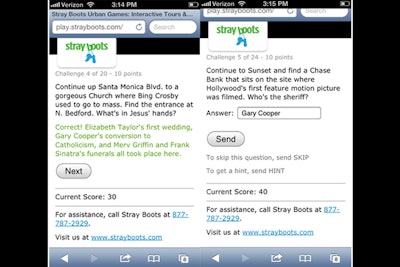
Stray Boots offers trivia-based walking tours of popular meeting destinations around the country, including Los Angeles, Chicago, New York, Miami, and Las Vegas. Players use their cell phones to complete challenges, solve riddles, and take photos, and they earn points along the way. Each activity includes interesting facts about the destination. Tours can be played via the Stray Boots app, text message, or on a mobile browser. For multiple teams, the game can be arranged so teams experience the same tour but take different routes.



















